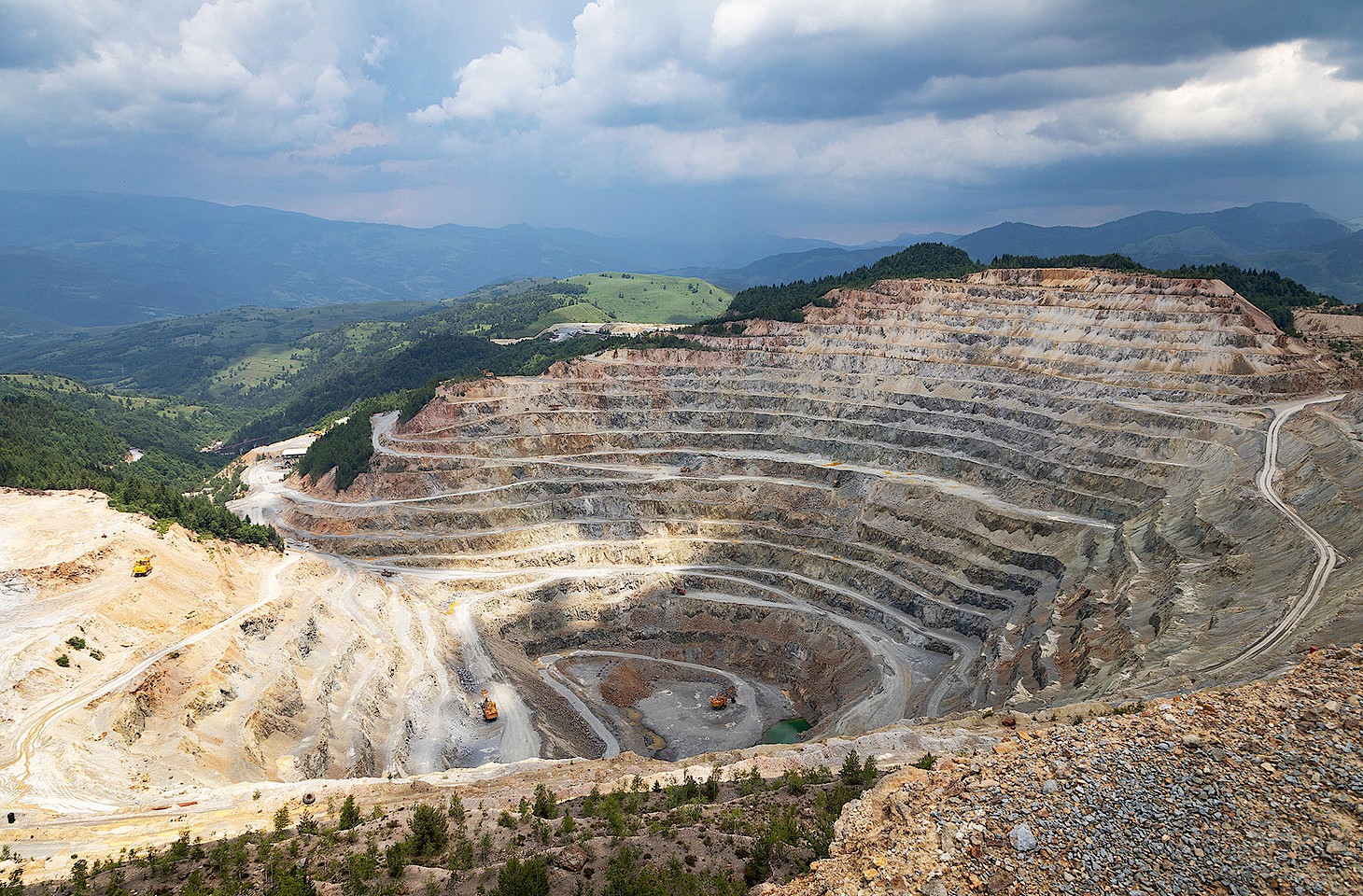Black pawn to Queen's Bishop 4. The Sicilian Defence - though the freckled seven-year-old who hesitantly moves the pawn forward surely knows little about matters Sicilian. She takes remedial action to ensure that her King's Rook is not smothered by a cascade of soft vanilla ice cream from the unstable cone she holds in her right hand. "Your turn, grandpa," says the girl. But grandpa is distracted. An old man just enjoying the warm May sunshine and gazing across the lake with a flood of memories.
There is something special about spring days around the Scharmützelsee. Everything is that little bit quieter than usual. Voices are hushed. Folk tread lightly for fear of breaking the peace. In the crisp afternoon air, distant villas which have sat sullen in dull winter suddenly seem vivid and so very close at hand. Enjoy those views now, because in a week or two the lush enveloping folds of summer greenery will close in around every building. The villas will retreat back into the forest and Scharmützelsee will relax into summer. A sparkling gem of a lake deep in the Brandenburg countryside, a place where from June to September every day seems to be sunny, and wind surfers and yachts catch whatever breeze there is to plot their zigzag routes across the shining waters. But early May is spring - a time for democratic walks along the lakeshore promenade, reading headlines in the shade, coffee and cake by the pier and lounging in the steamy open-air spa baths for hours on end.



